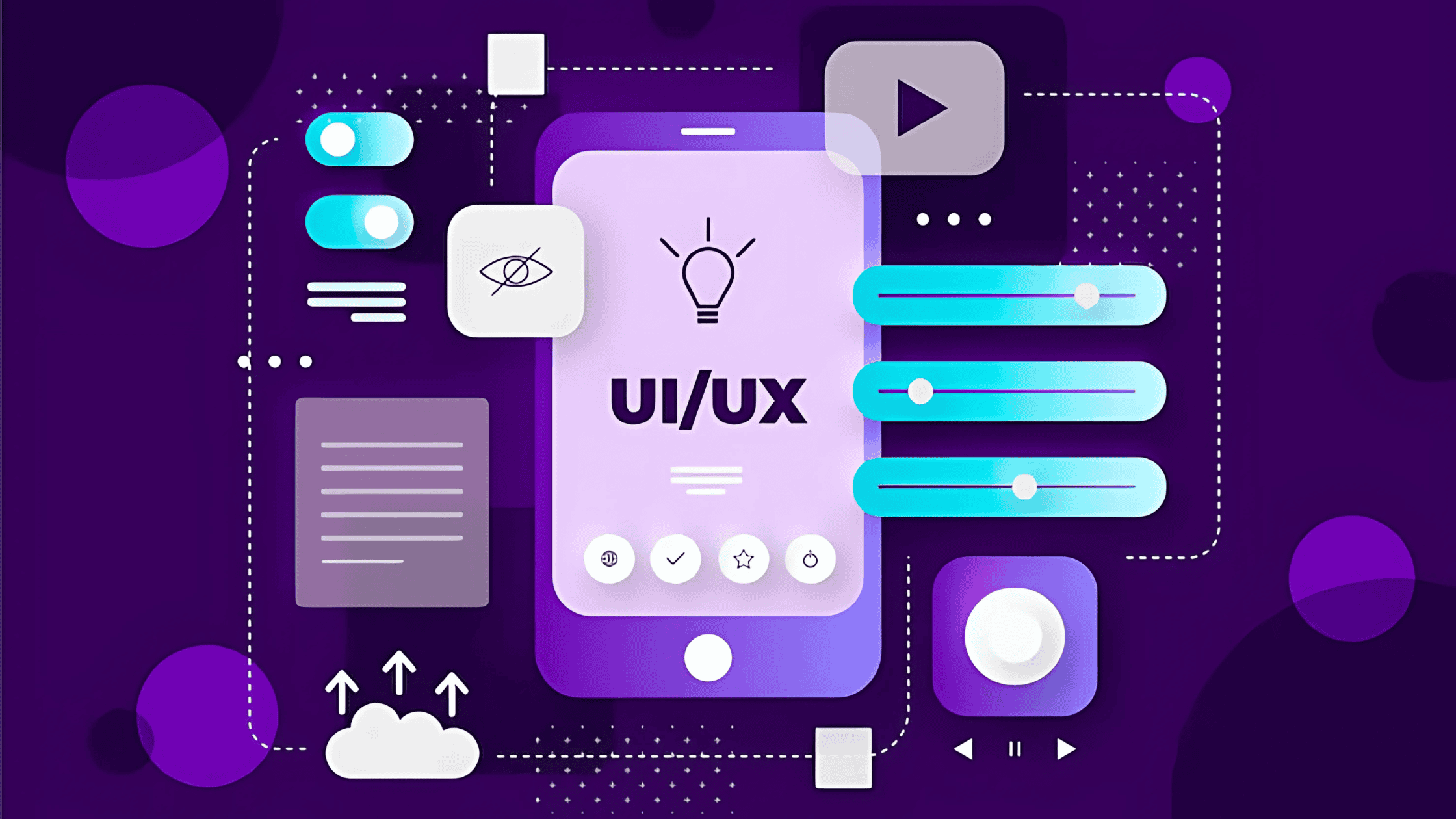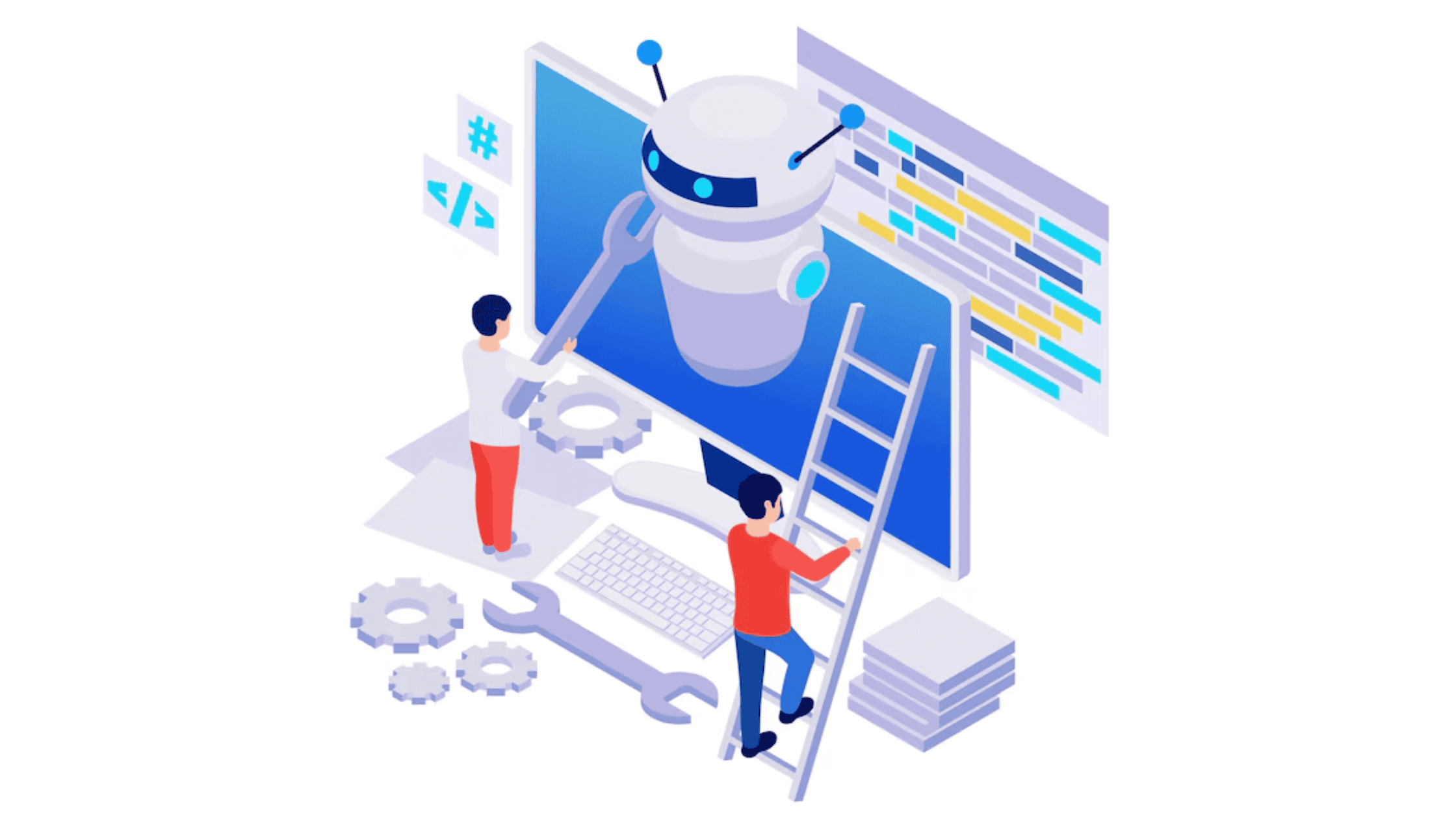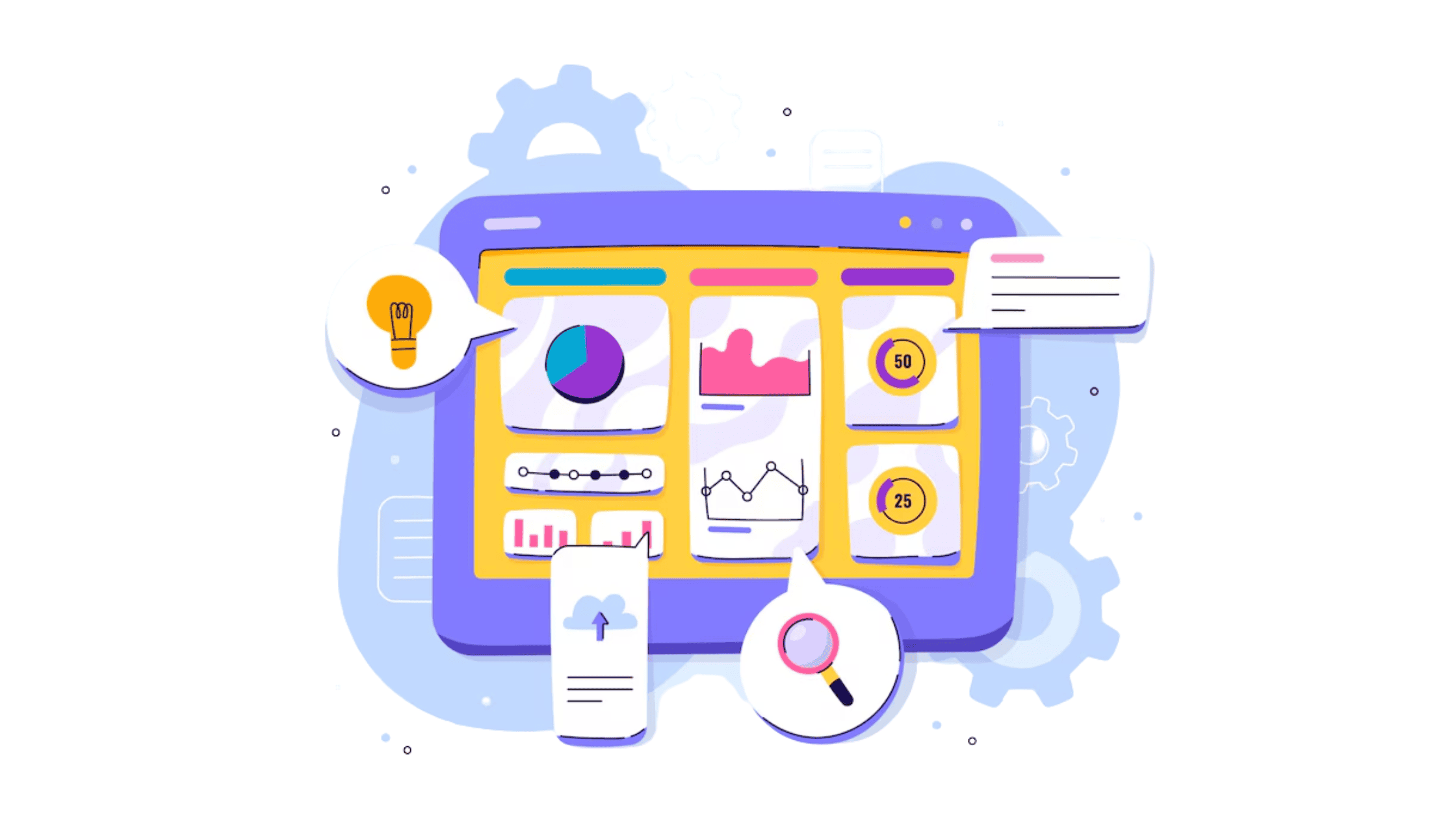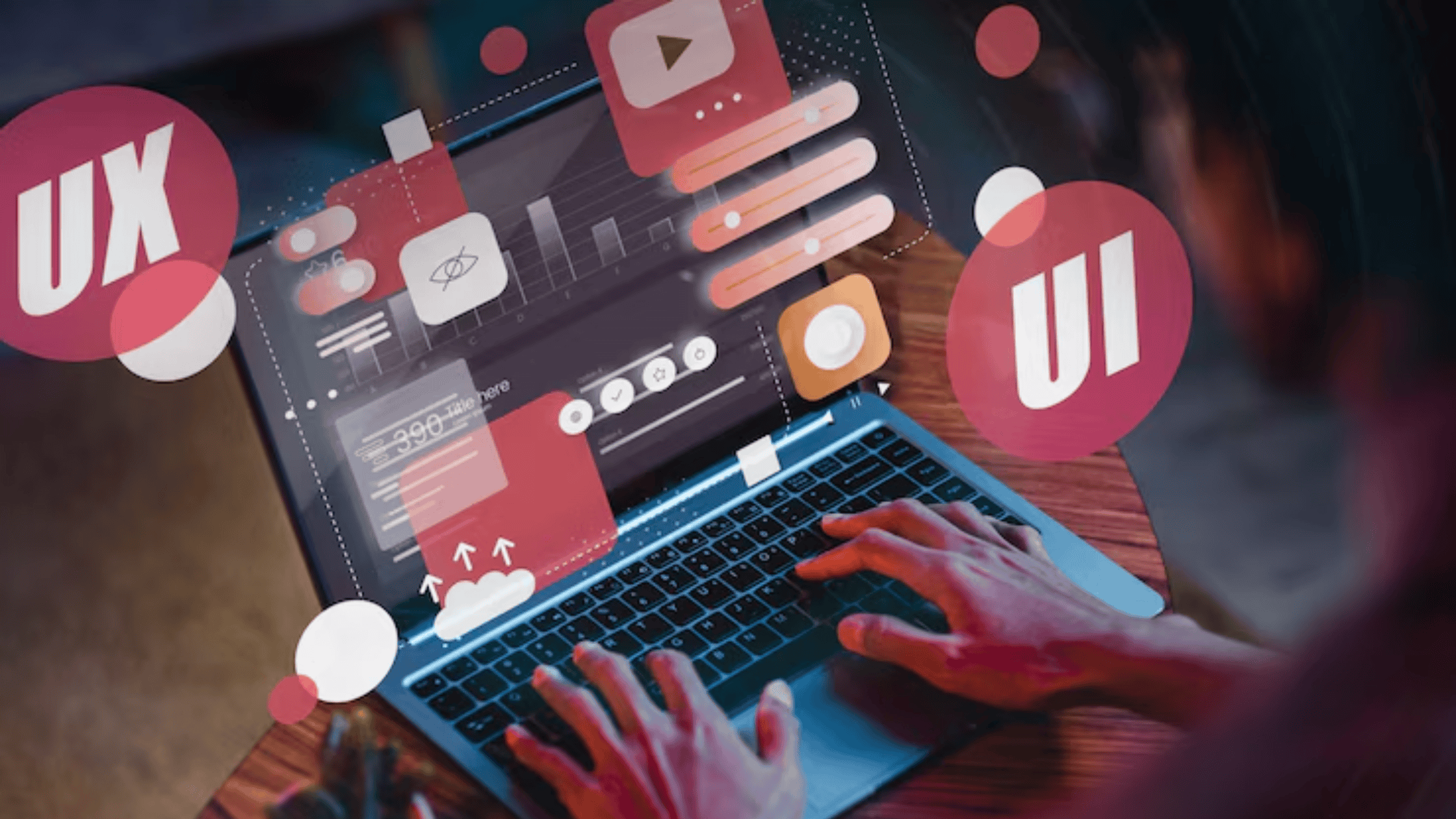AI in UI/UX: The Future of Intelligent Design

Okay, buckle up, design enthusiasts! It’s time to discuss the thrilling revolution taking place in the realm of user interface (UI) and user experience (UX) design, courtesy of our smart digital friends: Artificial Intelligence. It is no longer science fiction; AI in UI/UX is re-defining as we have known it, and honestly, it’s high time our software became a bit smarter, don’t you agree?
We’ve been slaving away, pixel by thorny pixel, for decades. But the future? Ah, it does not appear like decades more of tweaking in Sketch or Figma, and more like having a super-intelligent design aide working alongside us. So let’s get on with exploring!
The Winds of Change: Why Now for AI in UI/UX?
The digital world is changing at warp speed. Users need smooth, personalized, and intuitive experiences on every device. This need is putting enormous pressure on design teams to produce faster and better than ever. At the same time, a lot of companies in the Product Engineering Services in the US are finding out that old interfaces are losing them users and money. They are eager for answers that can assist them in bypassing the competition and providing next-generation experiences.
Enter AI. It’s not about flashy algorithms; it’s about harnessing data, learning trends, and applying rote tasks to give designers time back to work on the real creative and strategic parts of the job. It’s like shifting from sorting your sock drawer by hand to a robot doing it; more effective, less soul-sucking.
The Rise of the Machines (in a Good Way): AI-Powered UX Design Tools
The market is already witnessing a wave of AI-driven UX design products that are making waves. These aren’t minor adjustments; they’re paradigm changes in the way we do design:
-Smart User Research: Envision AI scouring large datasets of user behavior, sentiment, and feedback to find pain points and opportunities you never even knew existed. No more hours of back-breaking surveys that feel like pulling teeth! AI can bring forward insights from previous data, forecast user needs, and even create realistic user personas.
-Personalization on Steroids: Remember the days of one-size-fits-all interfaces? AI is making those relics of the past. By understanding individual user preferences, AI can dynamically tailor layouts, content, and even features to create truly personalized experiences. It’s like having a UI that whispers sweet nothings (relevant information, that is) directly into the user’s ear.
-Smarter Prototyping and Testing: Prototyping and usability testing take time. AI tools are appearing that will create interactive prototypes from design specs or even estimate the usability of a design before the design is even created. That results in quicker iteration cycles and fewer “oops, the button’s in the wrong place” moments.

-Content Optimization and Generation: Require persuasive microcopy or captivating visuals? AI can assist with this as well. From recommending different phrasing options to optimizing images for various screen sizes, AI can automate content creation and get it working for users. It’s having an around-the-clock copywriter and visual designer at your disposal.
The Creative Spark: Generative Design in UI/UX
One of the most promising frontiers is Generative design in UI/UX. This is not about complete takeover by AI of the design process, but about AI working with designers to explore a huge number of design possibilities. Designers set objectives and limitations, and AI algorithms create several design solutions. This enables quick exploration of various layouts, information structures, and visual aesthetics that a human designer would not have thought up alone.
Imagine it as ideating with an over-the-top, creative AI collaborator who never runs out of ideas. The designer becomes the curator, filtering and honing the most viable choices. It’s an amazing synergy that can result in genuinely innovative and user-friendly designs.
Peering into the Crystal Ball: UI/UX Trends in 2025
So, what will UI/UX trends in 2025 be like, with AI dominating? Look out for:
-Hyper-Personalization: Interfaces that change in real-time based on individual user requirements and contexts will be standard.
-Predictive and Proactive UX: AI will preempt user requirements and supply appropriate information or action before they have to request it.
-Seamless Cross-Device Experiences: AI will assist in making the experiences on all of a user’s devices smooth and consistent.
-More Natural and Conversational Interfaces: Voice interfaces and chatbots powered by AI will grow more natural and conversational.
-Accessibility by Design: AI can assist in finding and resolving accessibility problems early on during the design process, making products more inclusive.

-Data-Driven Design Decisions: AI will give designers greater insights into how users behave, resulting in more intelligent and productive design decisions.
The Human Touch Still Matters: AI as a Collaborator, Not a Replacement
It’s essential to keep in mind that AI is a tool, but an extremely potent one. It’s not to replace human designers’ creativity, empathy, and strategic thinking. Product design and development still need an immense amount of knowledge about human psychology, user requirements, and business objectives, areas that AI, in its current state, can’t reproduce.
Instead, think of AI as a super-efficient and insightful design partner. It can handle repetitive tasks, analyze vast amounts of data, and generate a wide range of options, freeing up designers to focus on the higher-level strategic thinking, emotional intelligence, and nuanced understanding of user context that makes for truly exceptional experiences. It’s like having an incredibly skilled intern who never complains and works 24/7; a designer’s dream!
Navigating the Future: Embracing the Intelligent Revolution
Integration of AI with UI/UX is not only a trend; it is an intrinsic change that will further determine the design and layout of digital products of the future. For Product Modernization in the US and worldwide, adopting these AI-driven UX design software and knowing the principles of Generative design in UI/UX will be imperative to remain competitive and provide an outstanding user experience that addresses the changing needs of users in UI/UX trends in 2025 and beyond.

So here’s a virtual toast to our new AI design helpers. They may not be able to brainstorm over cups of coffee (at least, not yet!), but they are most definitely making our design lives a heck of a lot smarter and perhaps, just perhaps, a little less drudge-like. The future of UI/UX is rosy, smart, and full of wonderful possibilities!
Comments
Post a Comment